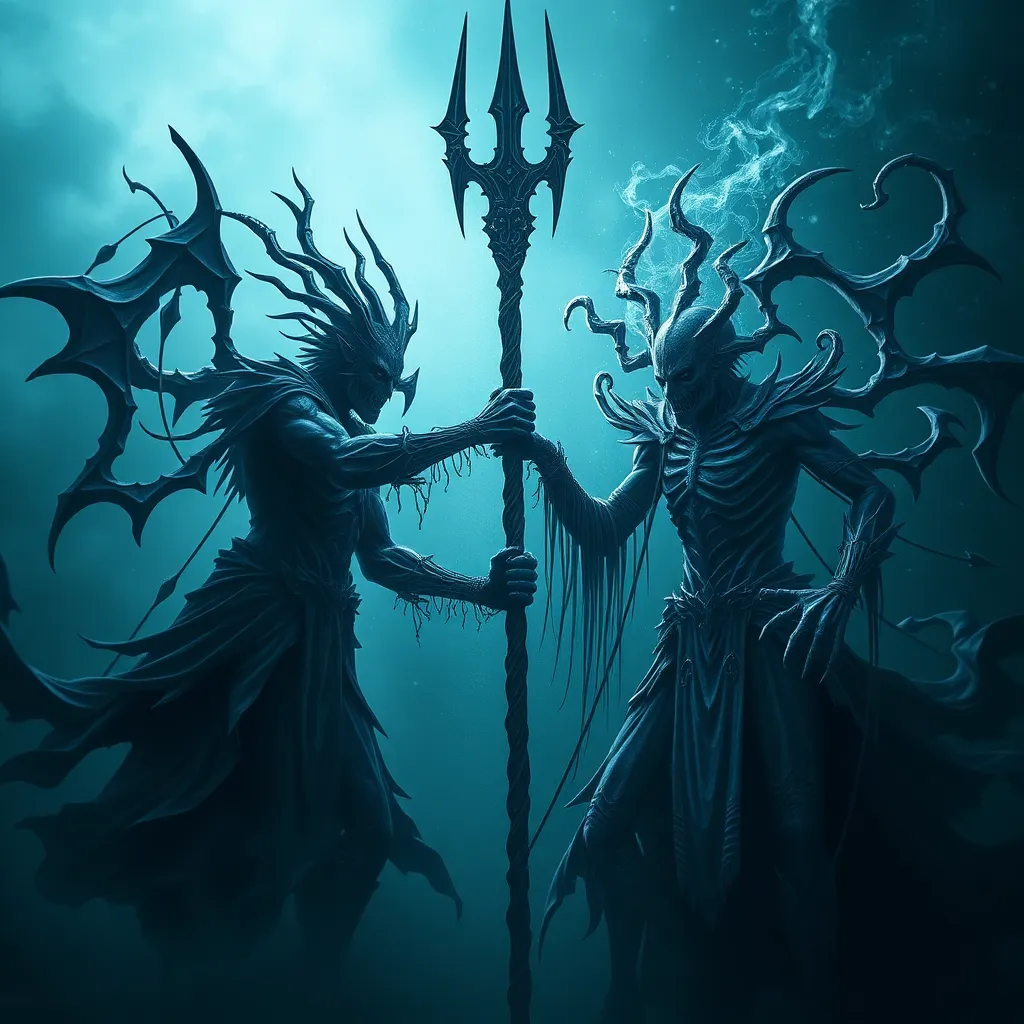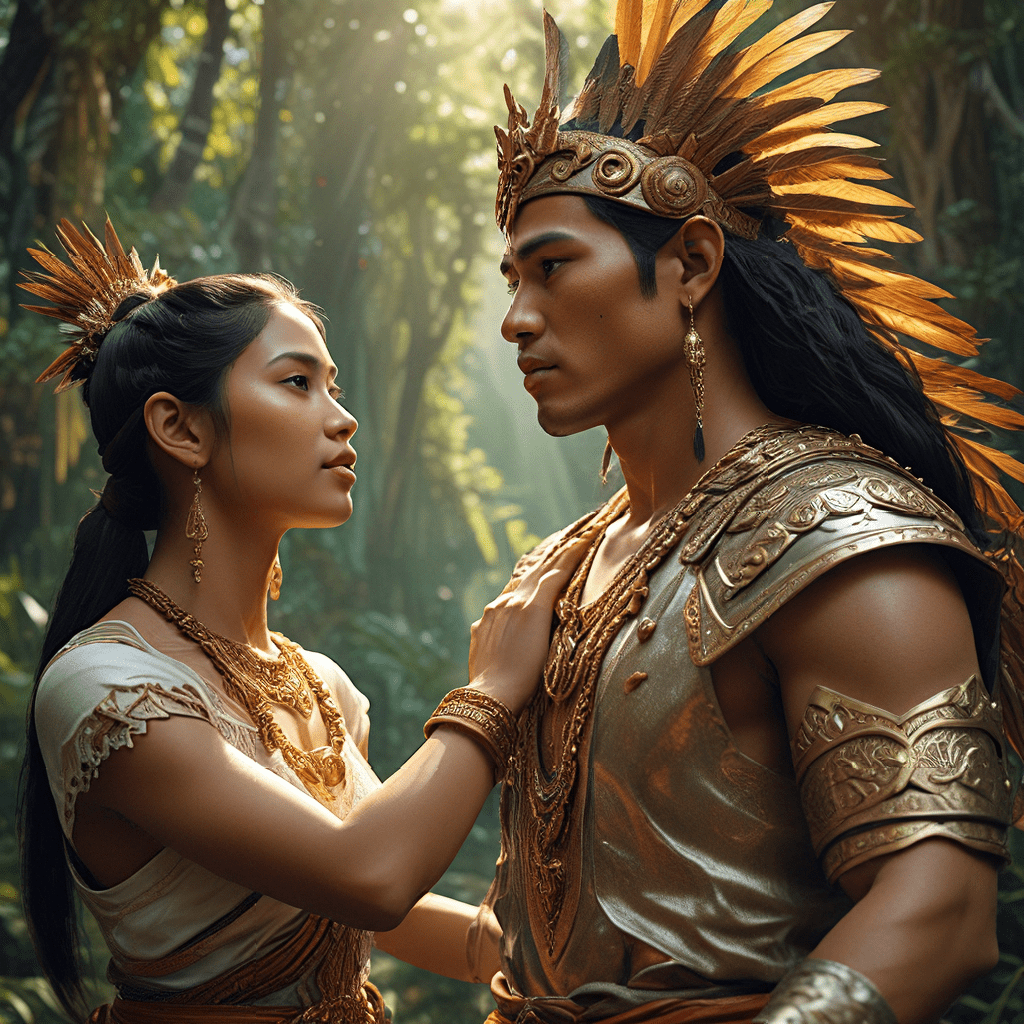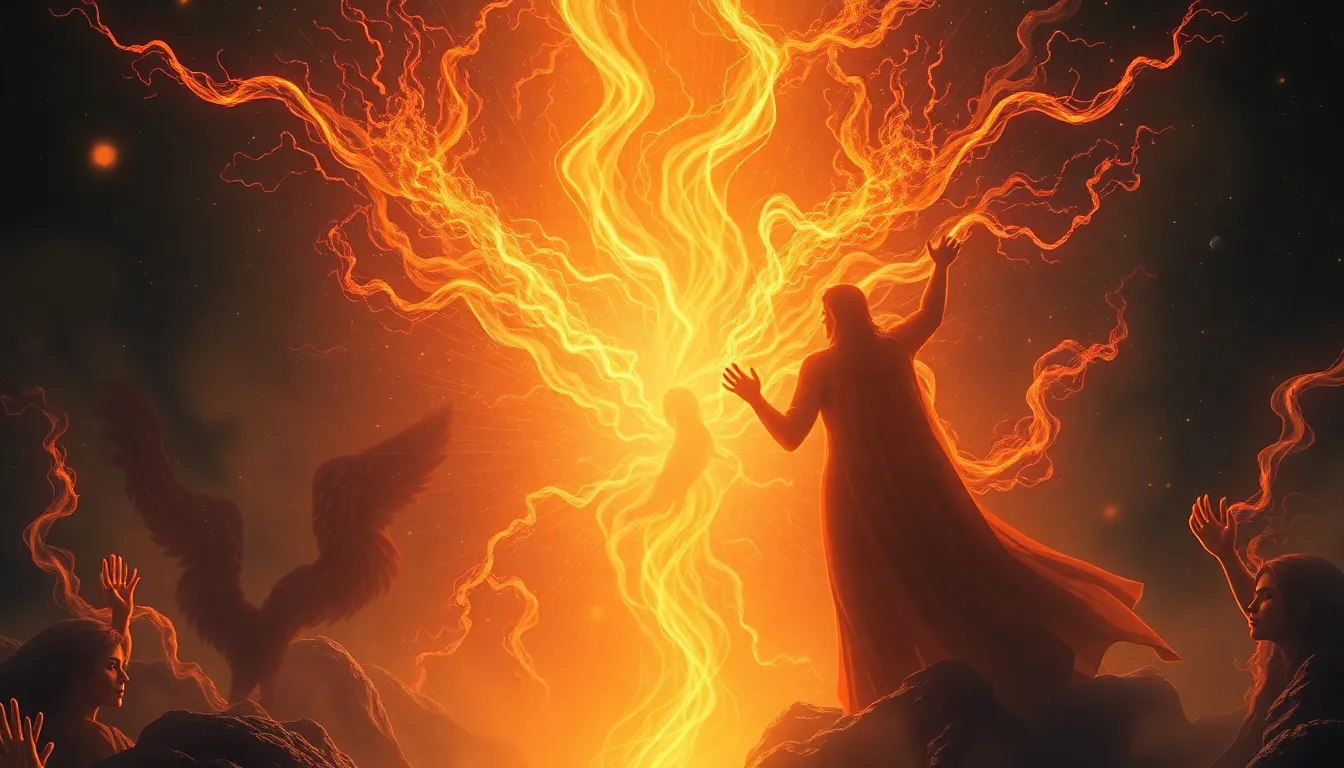Moroi vs. Strigoi: The Eternal Battle Between the Living and the Dead
I. Introduction
The world of folklore is rich with tales of creatures that walk the line between life and death, embodying human fears and desires. Among these, the Moroi and Strigoi stand out as iconic representations of this eternal struggle. Moroi are often depicted as living beings with vampiric qualities, while Strigoi are considered the undead, haunting the realms of the living. This article delves into the origins, characteristics, and cultural significance of these two entities, exploring the profound implications of their ongoing conflict.
II. Origins of Moroi and Strigoi
The origins of Moroi and Strigoi trace back to Romanian mythology, where they have been part of the cultural narrative for centuries. Folklore describes Moroi as the spirits of the deceased who have not found peace, often returning to the living world to seek vengeance or sustenance. In contrast, Strigoi are more clearly defined as the undead, typically former humans who have risen from the grave to prey on the living.
Cultural variations exist, with some interpretations presenting Moroi as protective figures, while Strigoi are seen strictly as malevolent spirits. Over time, these figures have evolved in modern literature, films, and media, adapting to contemporary themes while retaining their mythological roots.
III. Characteristics of Moroi
Moroi are often described as:
- Living beings with the ability to draw life energy from others.
- Spirits tethered to the human world, often characterized by their vulnerability.
- Figures who can walk among the living, sometimes appearing as ordinary humans.
This connection to the living world gives Moroi a unique role; they are seen as guardians or protectors in some tales, often linked to themes of love and loss. However, their abilities come with limitations, as they can only sustain themselves through the life force of others, reflecting a deep dependency.
IV. Characteristics of Strigoi
Strigoi, on the other hand, are characterized by their undead nature:
- They are often depicted as reanimated corpses, driven by an insatiable thirst for blood.
- Strigoi possess supernatural powers, including shape-shifting and the ability to curse the living.
- They instill fear and dread, often associated with the darker aspects of death.
Their ties to death make Strigoi formidable adversaries in folklore, as they represent the fear of the unknown and the consequences of death. The conflict between Moroi and Strigoi raises questions about the nature of existence and the morality of life after death.
V. The Moral and Ethical Dimensions of the Conflict
The battle between Moroi and Strigoi can be viewed through a moral lens, reflecting the duality of human nature. Moroi are often seen as protectors, striving to maintain a connection to the living while Strigoi embody predation and chaos. This juxtaposition raises several ethical questions:
- What does it mean to be alive, and how do we define life?
- Is immortality a curse or a blessing?
- How do our fears of death shape our understanding of morality?
The themes of life and death resonate deeply within this conflict, serving as a metaphor for humanity’s struggle with mortality and existence.
VI. Cultural Representations in Literature and Media
Moroi and Strigoi have found a prominent place in various forms of literature and media. Their stories have been adapted in numerous ways, influencing popular culture:
- In literature, novels like “The Historian” and “Dracula” explore their mythos, often blurring the lines between historical fact and folklore.
- Films such as “Twilight” and “Underworld” provide modern interpretations that highlight the conflict in new ways.
- Television shows like “The Vampire Diaries” and “Buffy the Vampire Slayer” incorporate Moroi and Strigoi elements, showcasing their enduring appeal.
These adaptations reflect societal fears and aspirations, often reshaping the Moroi-Strigoi dynamic to fit contemporary narratives.
VII. The Ongoing Battle: Symbolism and Metaphor
The conflict between Moroi and Strigoi serves as a powerful metaphor for real-world struggles. It represents:
- The tension between tradition and modernity, as ancient beliefs clash with contemporary values.
- The struggle between good and evil, highlighting the complexities of morality.
- The human experience of life and death, and the existential questions that arise from it.
This ongoing battle reflects our own societal fears, aspirations, and the quest for understanding in a world filled with uncertainty.
VIII. Conclusion
In conclusion, the dynamic between Moroi and Strigoi encapsulates a profound conflict that transcends folklore and resonates with the human experience. Their stories serve as a reminder of our fears surrounding death and immortality, as well as our desire for connection and understanding. As these mythological figures continue to evolve in modern culture, they invite us to explore the depths of our own humanity and the eternal battle between the living and the dead.
Readers are encouraged to delve deeper into the rich tapestry of Moroi and Strigoi stories, uncovering the layers of meaning that continue to shape our understanding of life and death.



